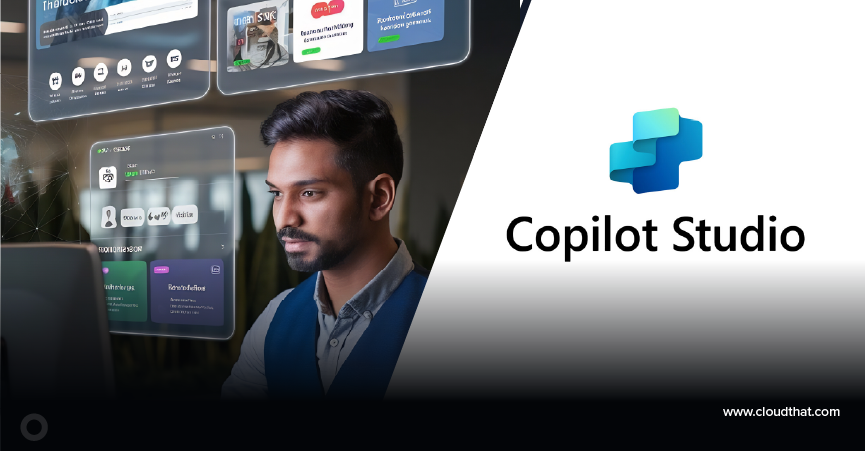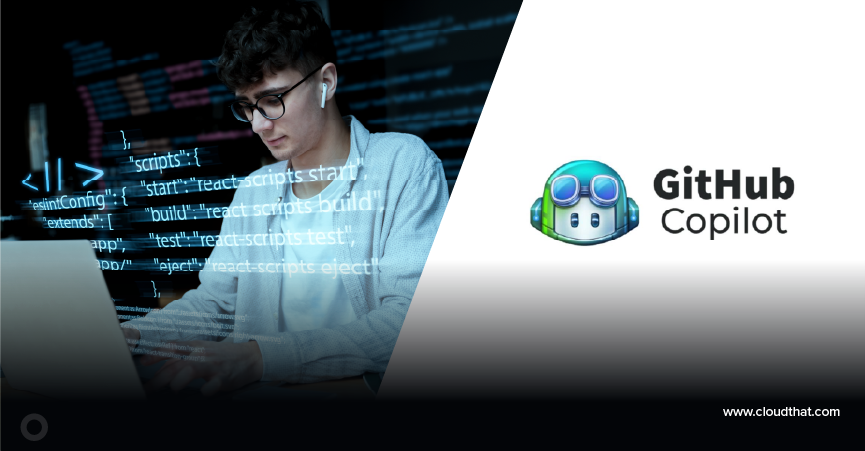|
Voiced by Amazon Polly |
Introduction
In the dynamic realm of artificial intelligence, one fascinating journey has been the development of Large Language Models (LLMs). These powerful models have transformed how computers understand and generate human-like text, impacting various fields such as natural language processing, chatbots, and creative writing.
Let’s journey through time to explore the complete history of Large Language Models, from the early days of LSTMs to the cutting-edge technology of ChatGPT.
Pioneers in Cloud Consulting & Migration Services
- Reduced infrastructural costs
- Accelerated application deployment
History of Large Language Models
- The Emergence of LSTMs:
The story begins with the advent of Long Short-Term Memory networks (LSTMs) in the mid-1990s. LSTMs, a type of recurrent neural network (RNN), were designed to overcome the limitations of traditional RNNs in capturing long-range dependencies in sequences. They became a milestone in natural language processing, enabling computers to understand better and generate sequential data.
- Word Embeddings and Word2Vec:
As the 2000s unfolded, another breakthrough emerged with the introduction of word embeddings. Word2Vec, developed by researchers at Google, represented words as dense vectors in a continuous vector space. This innovation allowed models to capture semantic relationships between words, significantly improving their ability to comprehend context and meaning.
- Transformer Architecture:
The next chapter in the LLM saga came with the introduction of the Transformer architecture in 2017. Developed by Google researchers, the Transformer model revolutionized language processing by relying on self-attention mechanisms. This architecture facilitated parallelization, making it more efficient for training large models and handling vast amounts of data.
- BERT: Bidirectional Context for Transformers:
In 2018, Google introduced BERT (i.e., Bidirectional Encoder Representations from Transformers). This marked a significant shift from traditional left-to-right language models, allowing the model to consider the entire context of a word by analyzing both preceding and following words. BERT achieved remarkable success in various natural language processing tasks and set the stage for more sophisticated language models.
- OpenAI’s GPT Series:
2018 also witnessed the inception of OpenAI’s Generative Pre-trained Transformer (GPT) series. GPT and subsequent versions, like GPT-2 and GPT-3, gained attention for their ability to generate coherent and contextually relevant text. These models were pre-trained on vast amounts of internet text, allowing them to grasp the nuances of human language and generate remarkably human-like responses.
- ChatGPT: Conversational AI at its Pinnacle:
The latest chapter in the LLM saga is ChatGPT. Building on the success of its predecessors, ChatGPT is designed specifically for conversational AI. It leverages the same powerful transformer architecture but is fine-tuned to handle dynamic interactions, making it a cornerstone in developing chatbots, virtual assistants, and other conversational applications.
Current Use Case Example: Chatbots for Customer Support
One prominent example of the current LLM application is in customer support chatbots. Leveraging models like ChatGPT, companies deploy intelligent chatbots capable of accurately understanding and responding to user queries. These chatbots provide instant support, troubleshoot issues, and guide users through various processes, enhancing customer experiences while optimizing operational efficiency.
Conclusion
The evolution of Large Language Models, from the early days of LSTMs to the present era of ChatGPT, reflects the relentless pursuit of improving how machines understand and generate human language. Each milestone in this journey has brought us closer to machines that can engage in natural and contextually rich conversations.
The impact of these models extends beyond research labs and into everyday applications, from enhancing search engine results to powering virtual assistants that help us navigate our digital lives. As we continue to push the boundaries of what LLMs can achieve, the future holds exciting possibilities for how they will shape human-computer interactions and contribute to the ever-expanding field of artificial intelligence.
Drop a query if you have any questions regarding LLMs and we will get back to you quickly.
Making IT Networks Enterprise-ready – Cloud Management Services
- Accelerated cloud migration
- End-to-end view of the cloud environment
About CloudThat
CloudThat is an award-winning company and the first in India to offer cloud training and consulting services worldwide. As a Microsoft Solutions Partner, AWS Advanced Tier Training Partner, and Google Cloud Platform Partner, CloudThat has empowered over 850,000 professionals through 600+ cloud certifications winning global recognition for its training excellence including 20 MCT Trainers in Microsoft’s Global Top 100 and an impressive 12 awards in the last 8 years. CloudThat specializes in Cloud Migration, Data Platforms, DevOps, IoT, and cutting-edge technologies like Gen AI & AI/ML. It has delivered over 500 consulting projects for 250+ organizations in 30+ countries as it continues to empower professionals and enterprises to thrive in the digital-first world.
FAQs
1. How are Large Language Models trained?
ANS: – Large Language Models are pre-trained on extensive internet text data to learn language nuances and then fine-tuned for specific tasks or domains to enhance their applicability.
2. Do Large Language Models understand the context in conversations?
ANS: – Yes, models like ChatGPT leverage advanced architectures, such as transformers, which enable them to understand and maintain context during conversations.

WRITTEN BY Aditya Kumar
Aditya works as a Senior Research Associate – AI/ML at CloudThat. He is an experienced AI engineer with a strong focus on machine learning and generative AI solutions. He has contributed to a wide range of projects, including OCR systems, video behavior analysis, confidence scoring, and RAG-based chatbots. He is skilled in deploying end-to-end ML pipelines using services like Amazon SageMaker and Amazon Bedrock. With multiple AWS certifications, he is passionate about leveraging cloud and AI technologies to solve complex business problems. Outside of work, Aditya stays updated on the latest advancements in AI and enjoys experimenting with emerging tools and frameworks.


 Login
Login


 December 15, 2023
December 15, 2023 PREV
PREV










Comments